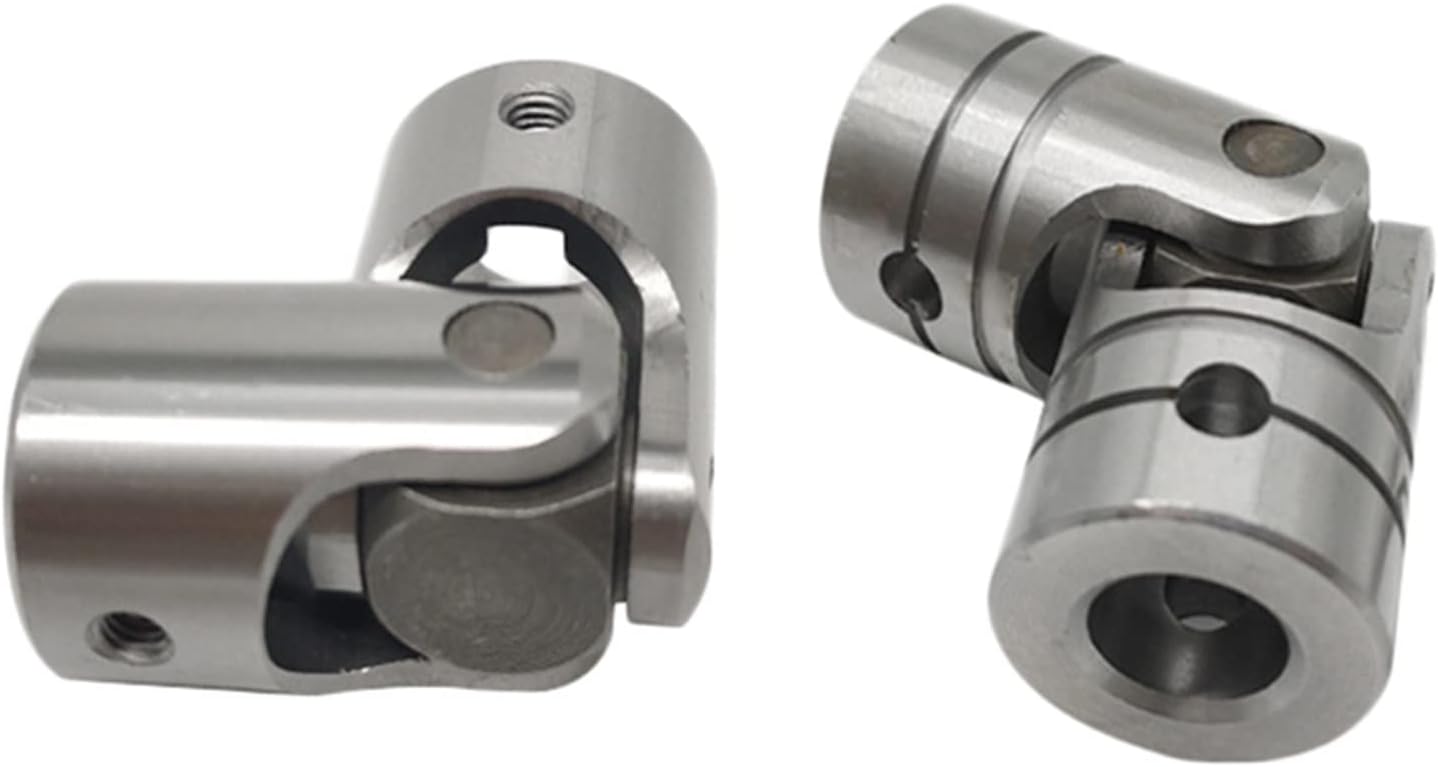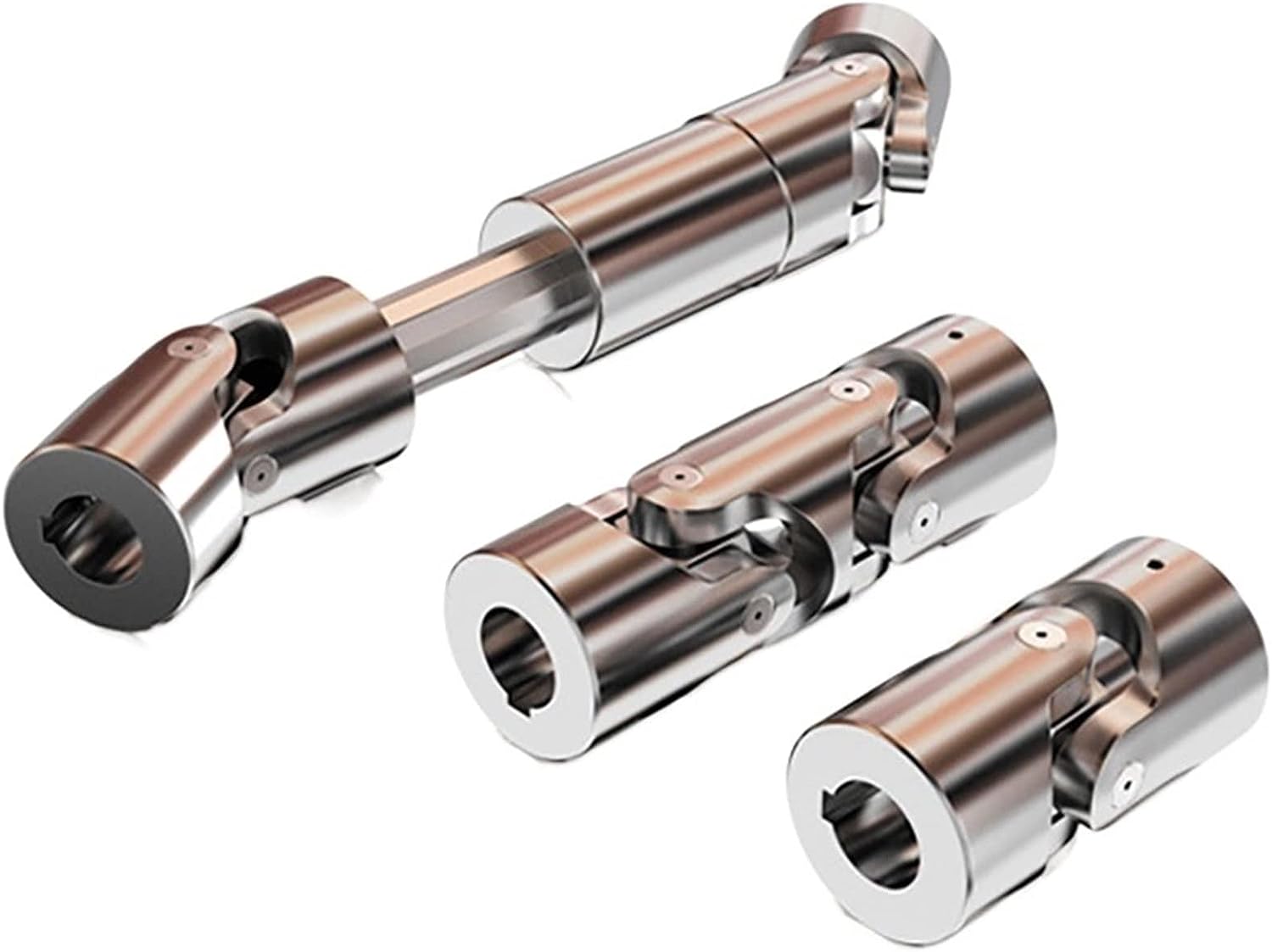Product Description
Flexible joint coupling SWC-BH cardan shaft
Description:
The SWC universal joint coupling is a structure without bolts. The bearing is fixed without bolts. It avoids the weak links damaged by bolt shearing, prolongs the service life and is convenient for maintenance. It is suitable for rolling machinery, lifting and transportation machinery and other heavy machinery. It connects 2 transmission shafts with different axes, the rotation diameter is 100 to 620mm, the nominal torque is 1.25 to 1000kN m, and the axis angle is 15 to 25 degrees.
Advantages:
1. The ability to have a large angle compensation.
2. The structure is compact and reasonable. SWC-WD type with integral fork, so carrying more reliable.
3. The carrying capacity. Compared with other types of the same diameter rotary joint axis, it delivers more torque, the turning diameter of restricted mechanical equipment, the complete range is more advantageous.
4. High transmission efficiency. Its transmission efficiency of 98-99.8% for high-power transmission, energy-saving effect.
5. carrying smooth, low noise, easy maintenance, assembly and disassembly.
Product parameters:
Packing & shipping
1 Prevent from damage.
2. As customers’ requirements, in perfect condition.
3. Delivery : As per contract delivery on time
4. Shipping : As per client request. We can accept CIF, Door to Door etc. or client authorized agent we supply all the necessary assistant.
FAQ:
Q 1: Are you a trading company or a manufacturer?
A: We are a professional manufacturer specializing in manufacturing various series of couplings.
Q 2:Can you do OEM?
Yes, we can. We can do OEM & ODM for all the customers with customized artworks in PDF or AI format.
Q 3:How long is your delivery time?
Generally, it is 20-30 days if the goods are not in stock. It is according to quantity.
Q 4: How long is your warranty?
A: Our Warranty is 12 months under normal circumstances.
Q 5: Do you have inspection procedures for coupling?
A:100% self-inspection before packing.
Q 6: Can I have a visit to your factory before the order?
A: Sure, welcome to visit our factory.
/* January 22, 2571 19:08:37 */!function(){function s(e,r){var a,o={};try{e&&e.split(“,”).forEach(function(e,t){e&&(a=e.match(/(.*?):(.*)$/))&&1

Phasing in Cardan Couplings and Its Impact on Performance
The concept of phasing in cardan couplings refers to the alignment of the universal joints’ yokes or flanges on the input and output shafts. Proper phasing is essential to minimize angular misalignment and maintain smooth rotational motion. When the yokes of the universal joints are not aligned correctly, it can result in uneven torque transmission, increased wear, and vibrations.
Phasing affects the performance of cardan couplings in several ways:
- Uniform Torque Transmission: Proper phasing ensures that torque is evenly distributed between the input and output shafts, reducing the risk of overloading individual universal joints.
- Reduced Vibrations: Correctly phased universal joints minimize angular misalignment, which helps reduce vibrations and noise in the machinery system.
- Extended Lifespan: Improved phasing leads to reduced wear and stress on the universal joint components, extending the overall lifespan of the coupling.
- Efficient Power Transmission: Proper phasing contributes to efficient power transmission by minimizing energy losses due to misalignment.
To achieve proper phasing, manufacturers often provide guidelines or marks on the coupling components to ensure accurate alignment. It’s essential to follow these guidelines during installation and any maintenance or adjustments to maintain optimal performance and reliability of the cardan coupling.

Industry Standards and Guidelines for Cardan Couplings
Cardan couplings, also known as universal joints or u-joints, are widely used components in various industries. While there might not be specific standards solely dedicated to cardan couplings, they are often designed and manufactured in accordance with relevant industry standards and guidelines related to mechanical power transmission. Some of these standards include:
ISO Standards:
– ISO 9001: Quality management systems.
– ISO 1308: Tolerances for rolling bearings.
– ISO 10100: Principles for design of rotating machinery.
AGMA Standards:
– AGMA 9005: Selection of Lubricants for Enclosed Gear Drives.
– AGMA 6034: Gear Inspection Handbook: Guidelines and Methods for Inspection of Tooth Flanks, Gear Blank Dimensions, and Gear Quality Control.
API Standards:
– API 671: Special-Purpose Couplings for Petroleum, Chemical, and Gas Industry Services.
ASME Standards:
– ASME B106.1: Power Transmission Couplings, Elastomeric and Steel Double Flexing.
Additionally, manufacturers and users of cardan couplings often follow best practices and guidelines provided by engineering organizations and associations specific to their industries. It’s important to ensure that the cardan couplings are designed, manufactured, and installed in compliance with relevant standards and guidelines to ensure their safe and efficient operation.

Are there different types of cardan couplings for various applications?
Yes, there are different types of cardan couplings designed to suit various applications and requirements:
- Single Universal Joint: This is the most common type of cardan coupling, consisting of two yokes connected by a cross-shaped center piece. It is suitable for applications where angular misalignment compensation is needed, but the shafts are not too far apart.
- Double Cardan Joint: Also known as a double U-joint or CV joint, this type consists of two universal joints connected by an intermediate shaft. It is used when higher angles of misalignment need to be accommodated or when a constant velocity transmission is required.
- Disc Type Coupling: This type uses flexible discs or plates to transmit torque and compensate for misalignment. It is often used in applications with limited space and moderate torque requirements.
- Block Type Coupling: Block type cardan couplings use solid blocks or spheres to transmit torque. They are suitable for heavy-duty applications and can handle higher torque loads.
- Floating Shaft Coupling: This design involves two shafts connected by a third floating shaft, which allows for even higher angles of misalignment and smoother torque transmission.
- Needle Bearing Universal Joint: In this type, needle bearings are used to reduce friction and improve efficiency. It is often used in precision applications where low friction and high efficiency are crucial.
The choice of cardan coupling type depends on factors such as the amount of misalignment, torque requirements, available space, and the need for constant velocity transmission. Selecting the right type ensures optimal performance and longevity in various mechanical systems.


editor by CX 2024-04-25